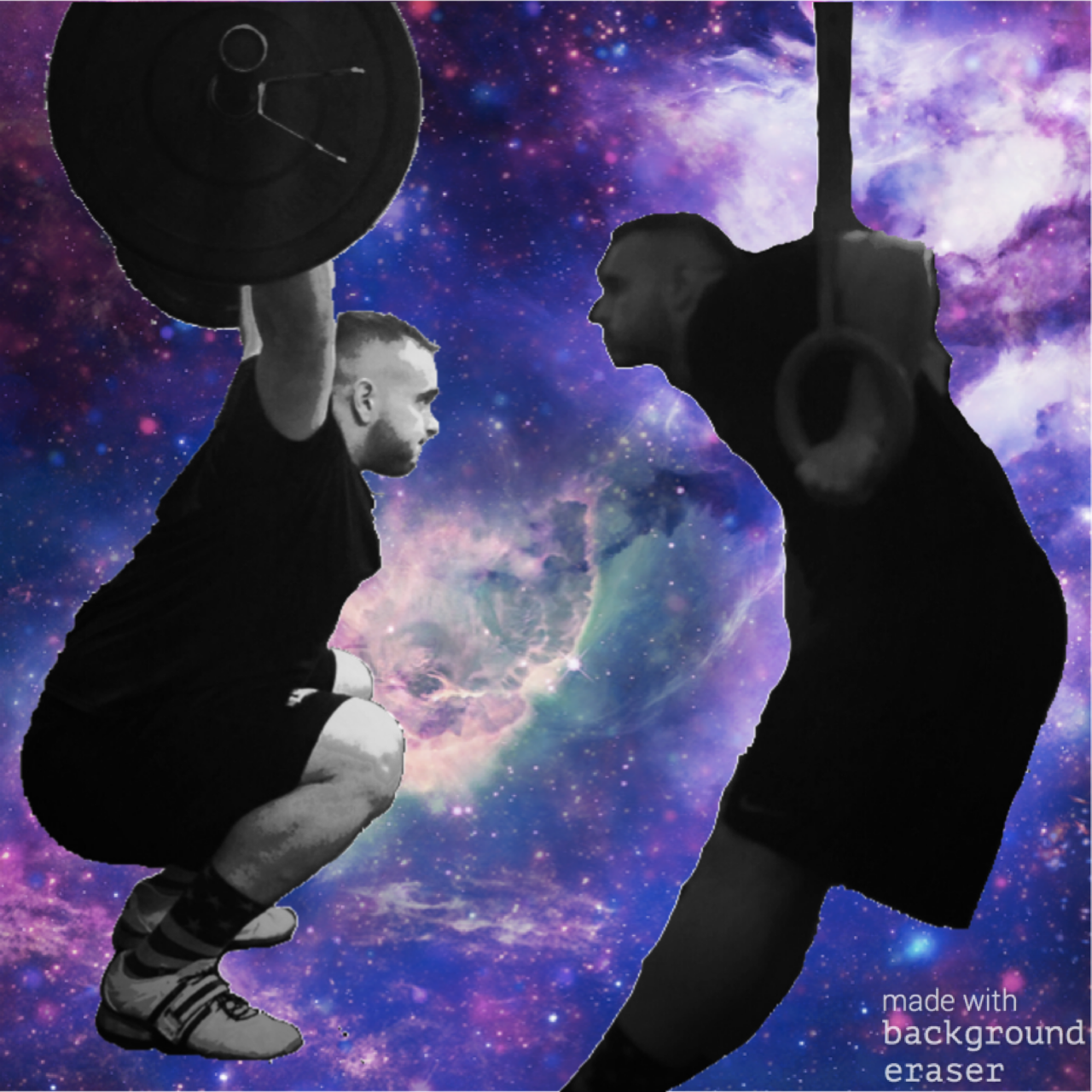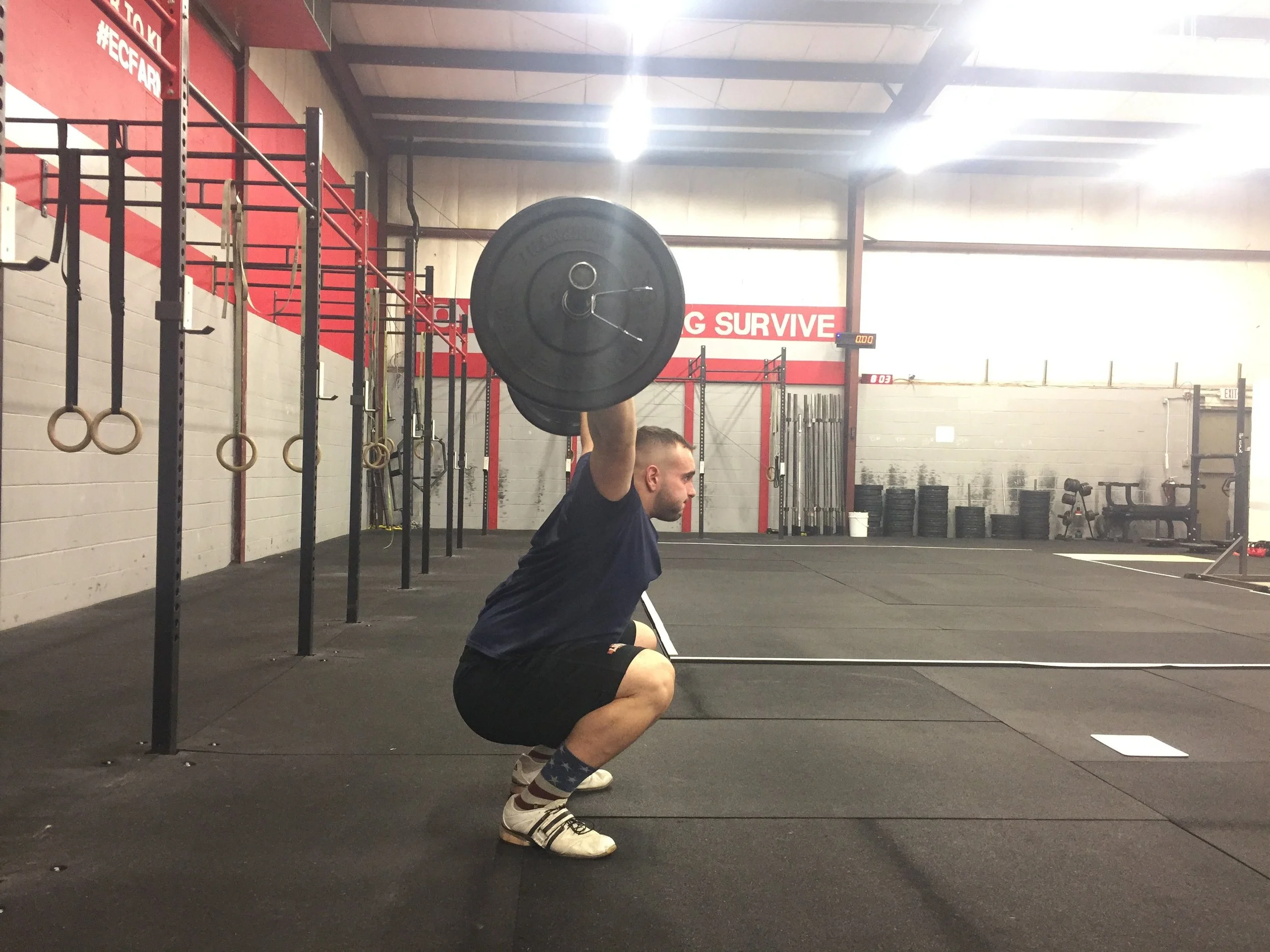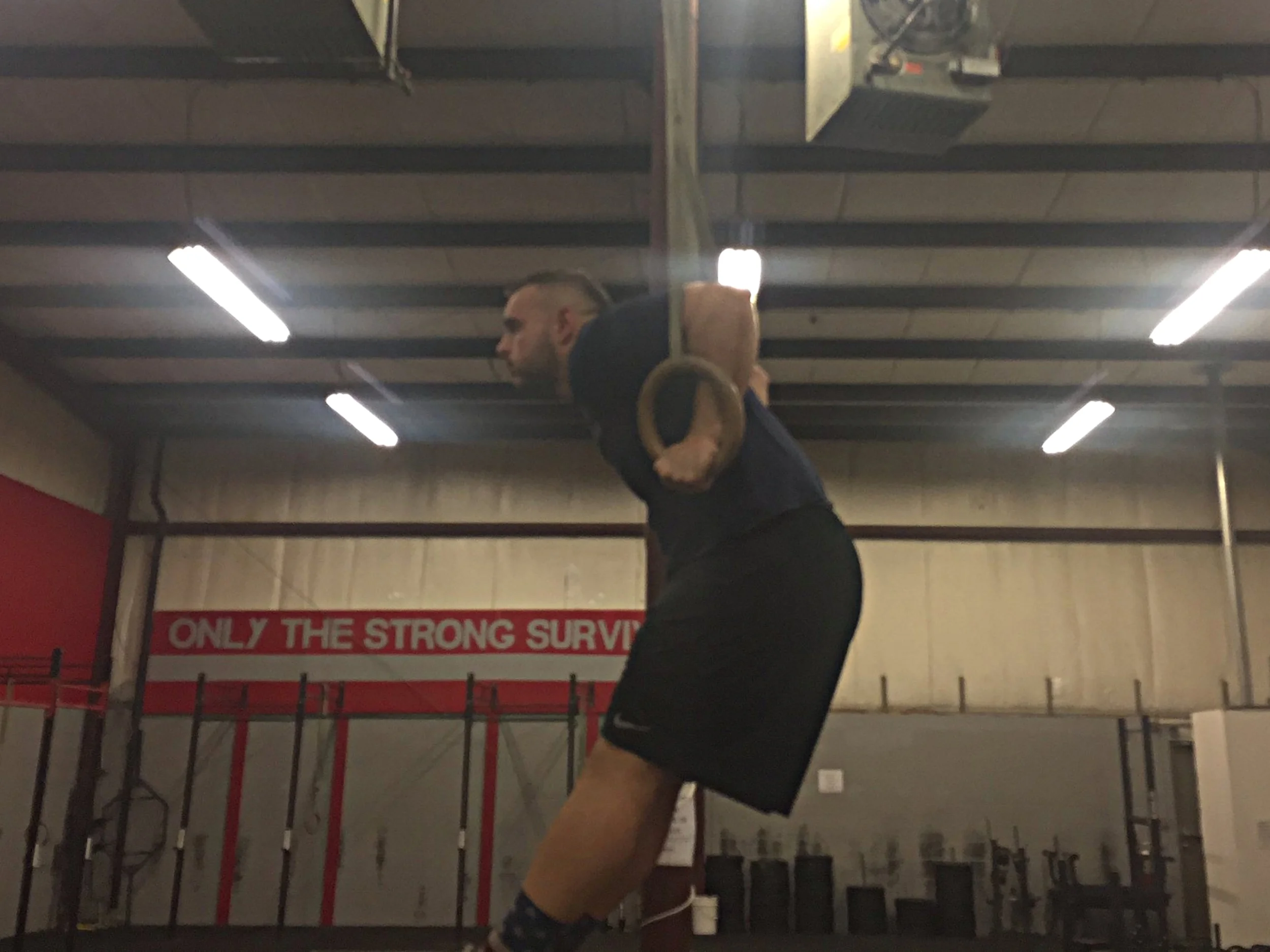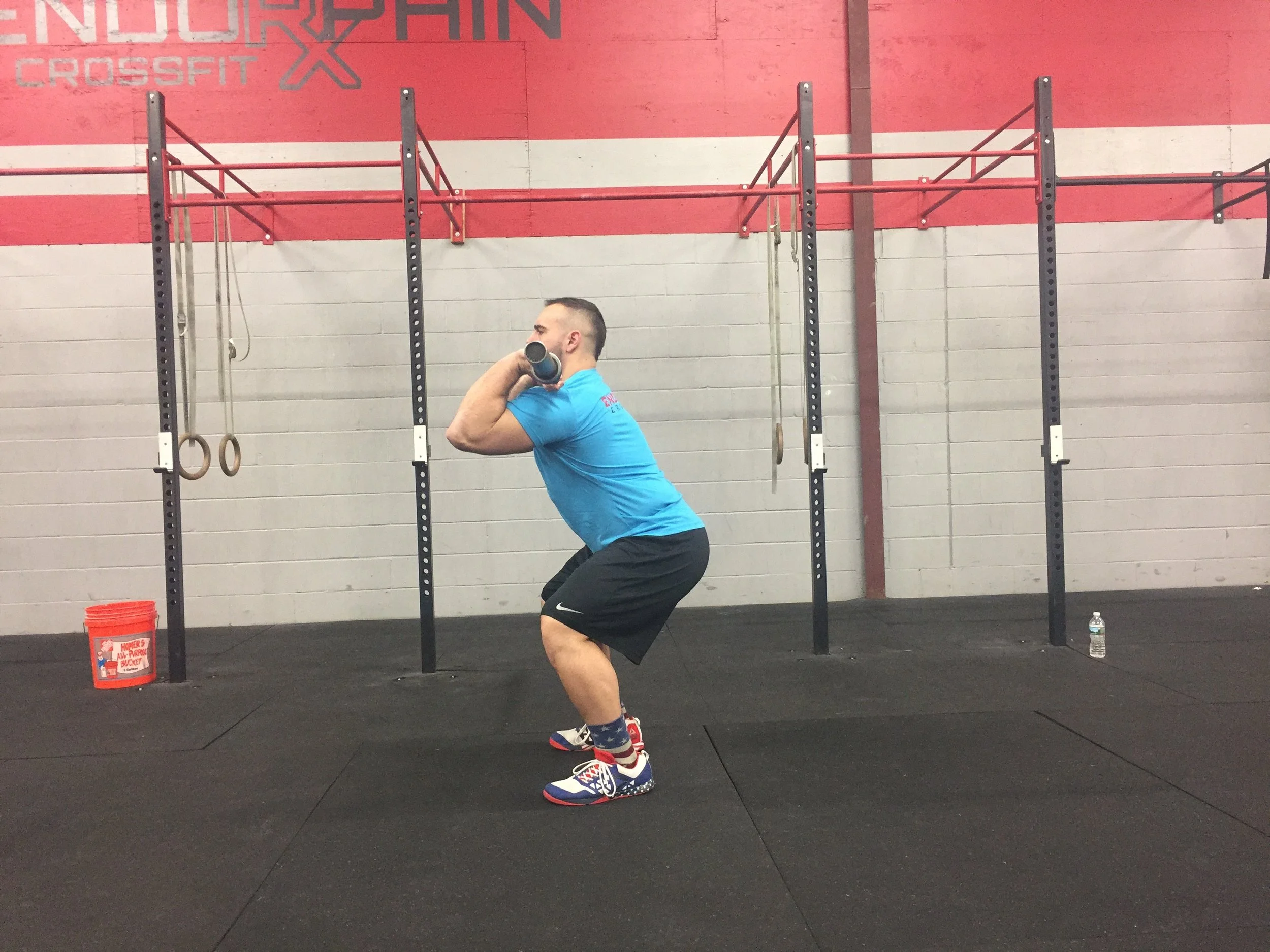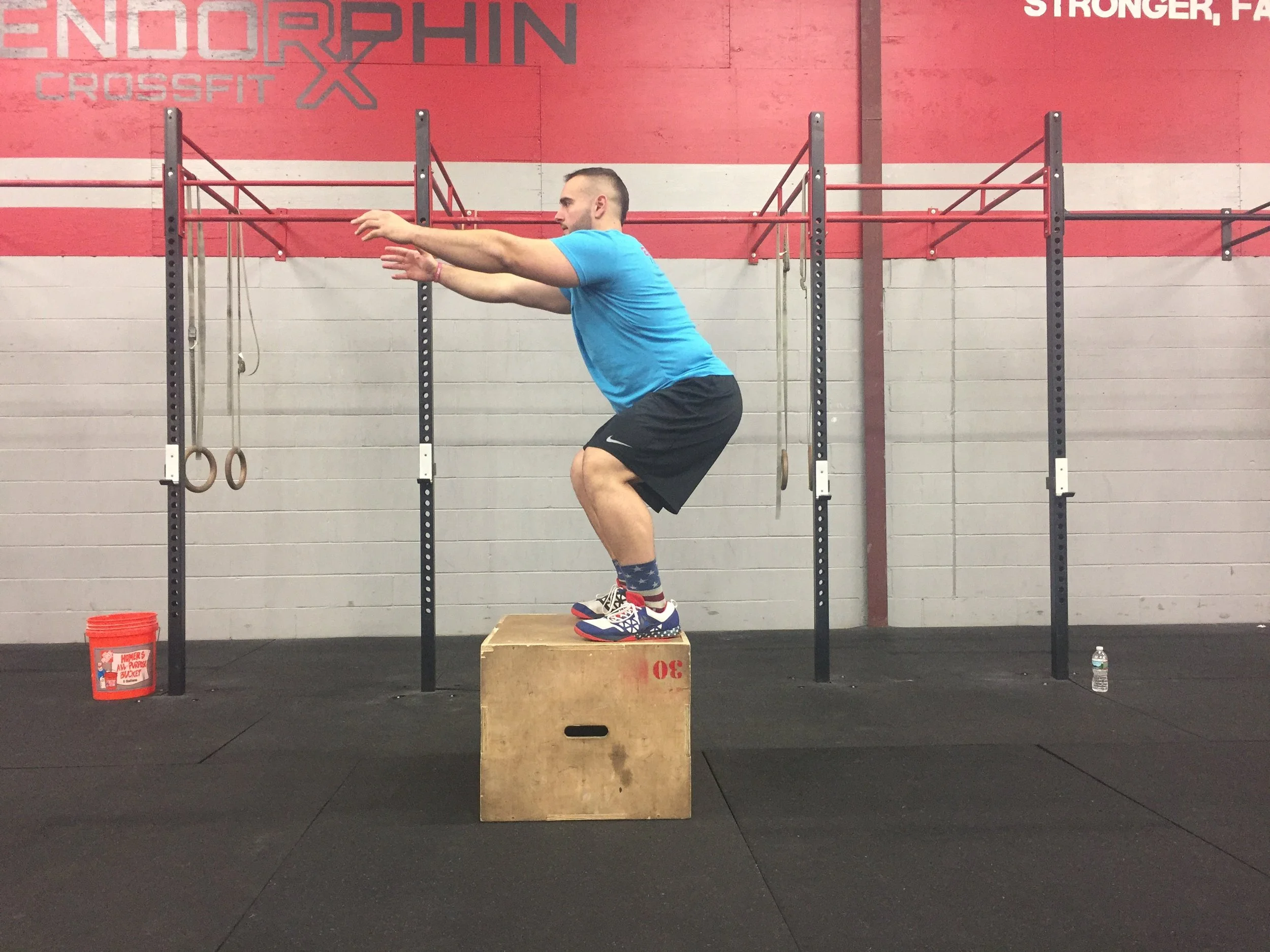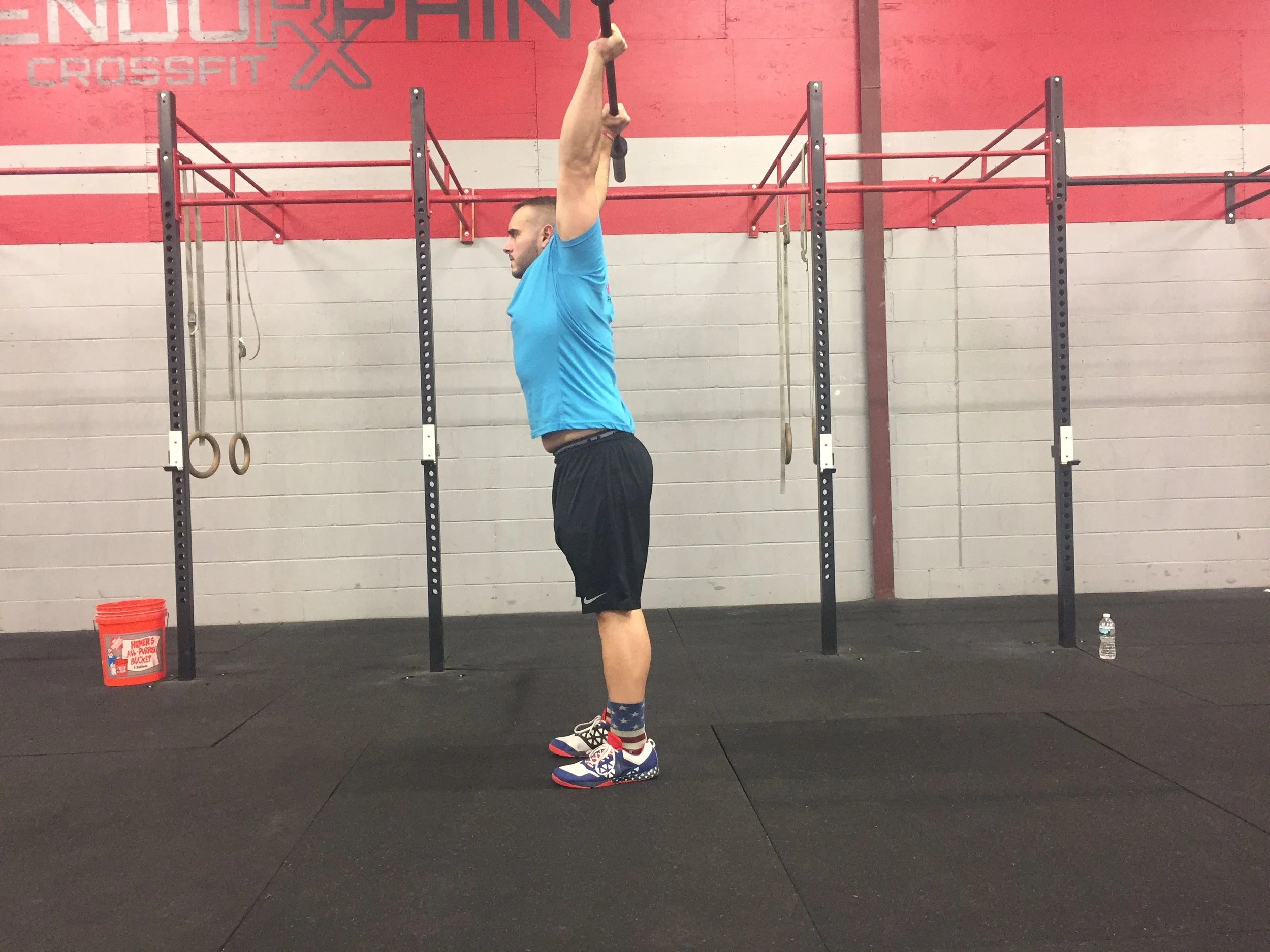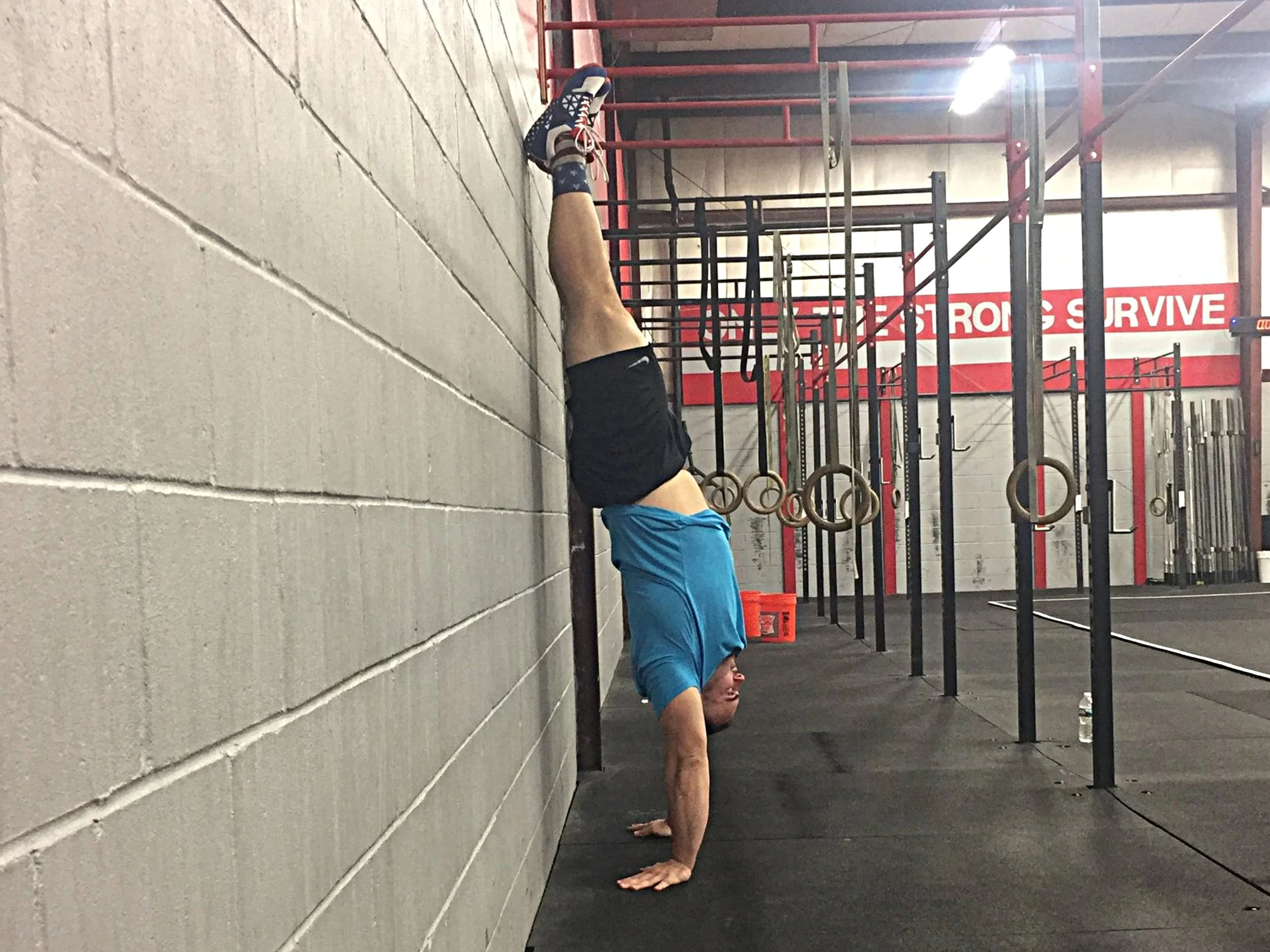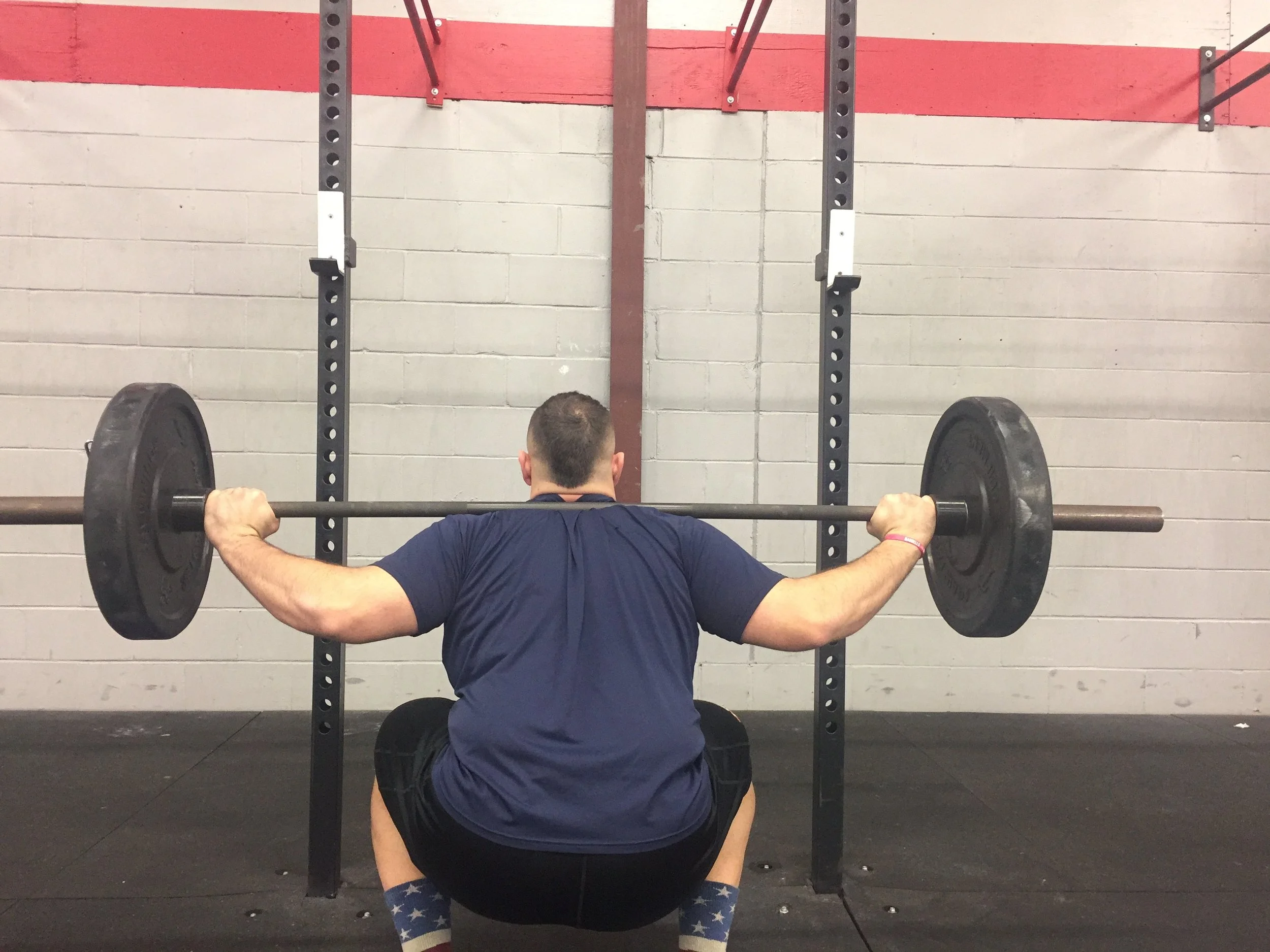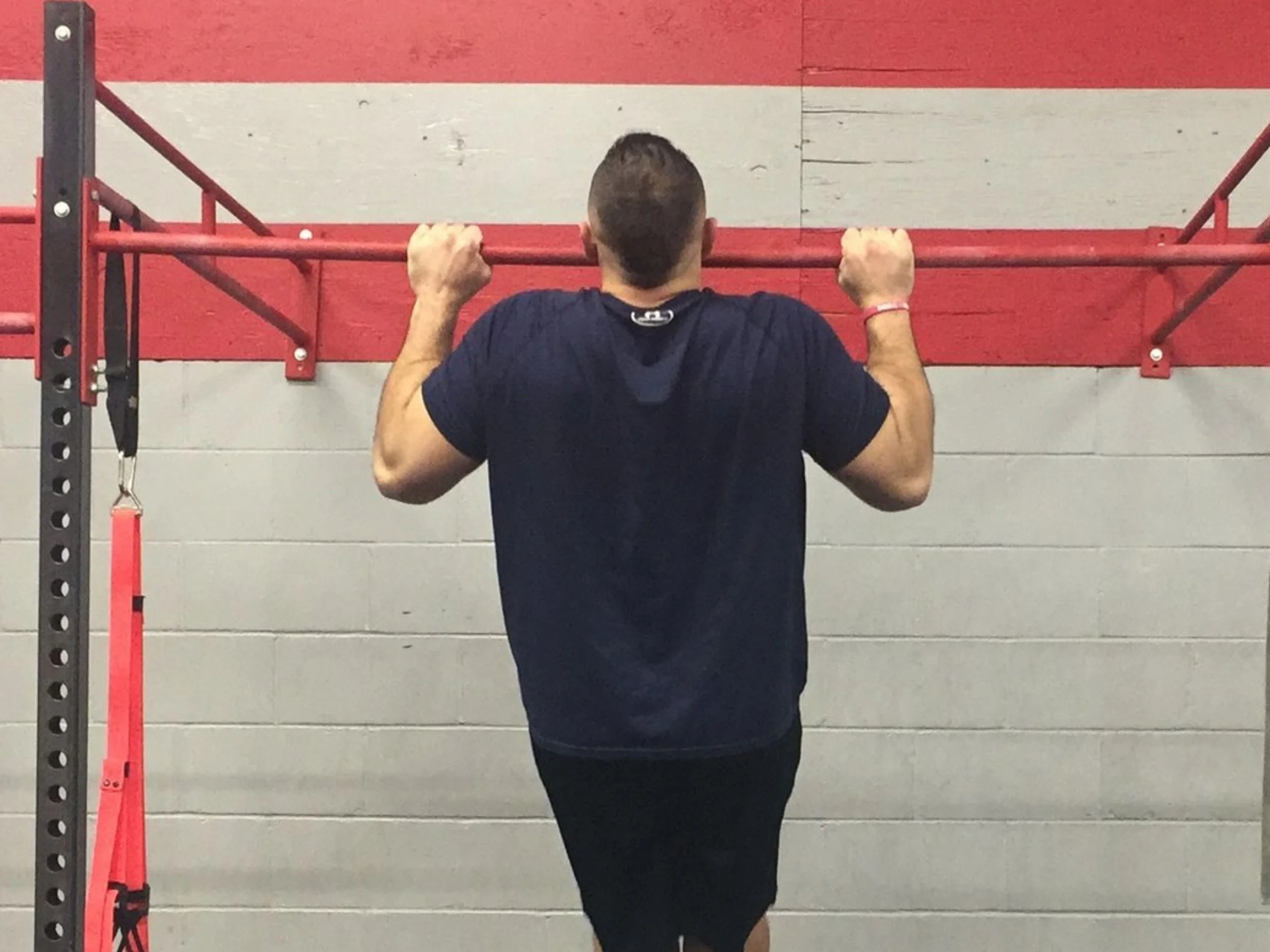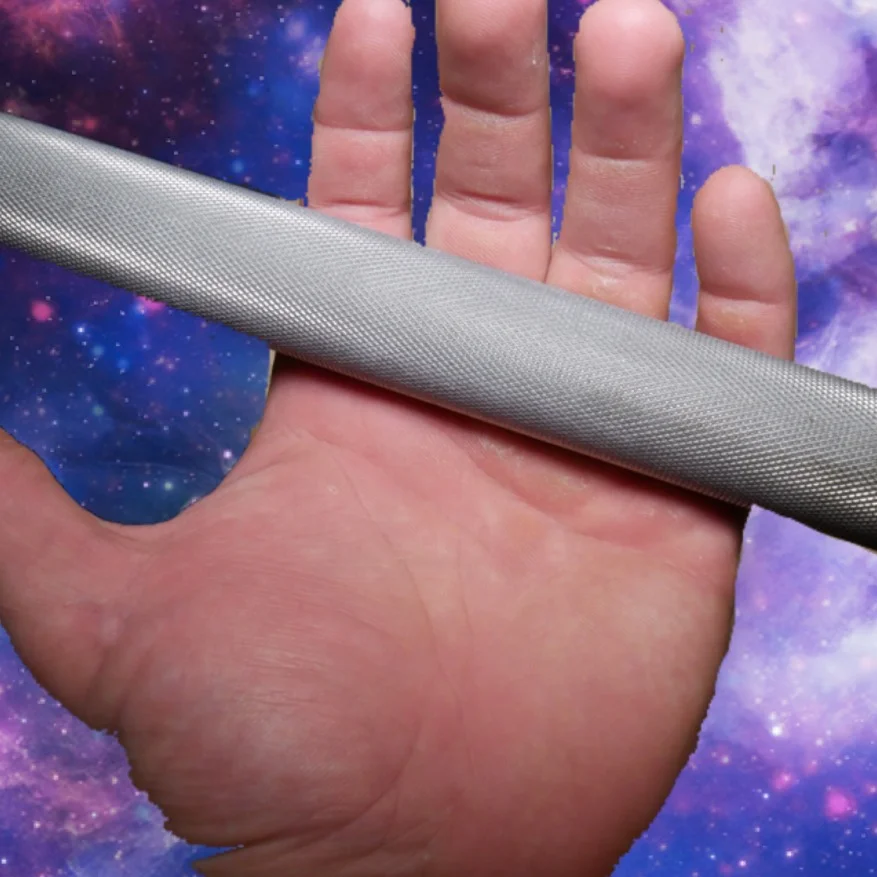Connection Between Oly and Gymnastics
At first glance, Olympic weightlifting and gymnastics appear drastically different. As sports they certainly are different, but at the fundamental level of their movements they are very similar. Gymnastics simply put is the control of one’s own body, while weightlifting is the control of an external object, but there are strong connections between the basic movements of gymnastics and Olympic weightlifting. Understanding this concept can be helpful in CrossFit training, knowing how to blend the two in a program whether it be in a training day, week, cycle, or WOD. It can also be helpful for teaching those who have a background or excel in either weightlifting or gymnastics.
I started coaching and working out at a CrossFit gym right out of college, with a background in Olympic weightlifting and college football. In order to become a better coach, though, I had to learn how to coach my biggest weakness. I was 316 lbs. when I started, not ideal for gymnastics. Luckily one of our members was a former gymnast, and I nagged him to teach me as much as possible, and traded help with his barbell movements. It was then that we both started to see and understand the connections between Olympic weightlifting and gymnastics.
No sport has a higher requirement of movement diversity and advanced technical skill than CrossFit. In CrossFit there is a huge list of movements an athlete needs to become proficient in, in order to become successful. However, if you can reduce that long list down to the movement at its most fundamental level you can simplify things quite a bit, and be prepared for any movement that can be thrown at you. From a coaching standpoint it can be much easier for the athletes to understand if they can reduce the library of movements they must learn down to the fundamentals. Playing football in college, we had to learn an extensive playbook in a short period of time on top of the demands of school. Our coaches made this easier by using “same as” teaching. That is: you learn one play, or one concept, and for the next play you do the same as the first except for just one change. This drastically cut down the complexity of our playbook. Instead of learning entirely new things, we learned one and then variations of it. A simple CrossFit example is: you learn how to squat, and then it is easy to learn how to front squat, pause squat, or any other variation. In this way you only learn the small change and not something entirely new. Understanding this concept can help connect seemingly disparate things, making them easier to master.
Snatch and Muscle Up
The snatch and the muscle up are remarkably similar. Both have the same fundamental idea of a long pull followed by an extension. The squat in a snatch and the dip in a muscle up can be thought of as the same. Similarly, both the snatch and the muscle up have the same common mistake. There is a habit of stopping the pull and plopping into the bottom position of either the squat or dip. In the snatch there is a constant pull on the bar finishing by pulling under the bar to catch in an active overhead squat position. Inexperienced weightlifters will drop to the bottom instead of pulling to it. The same thing happens in the muscle up. The idea of head-butting at the top to get to the dip is the same as falling to the bottom in a snatch. Both imply a loss of bracing and control. In a muscle up the pull is continued into the dip position. Maintaining proper bracing will allow for the heels to drive back to lever with the pull into the bottom of the dip. Both can be simplified down to a constant pull.
Clean and Box Jump
The clean and the box jump are the essential the same movement. (Closer to say hang clean and box jumps.) Both movements are a jump and a land in a squat. The start position in a hang clean and the point in a jump when the athlete starts to extend up are exactly the same. For good reason, it is the position where the most power can be generated. There is an aggressive extension upward; the feet then shift out slightly to land in a proper squat position. The power clean is the same landing as a submaximal box jump landing in a shallow squat. As the box gets higher and the weight gets heavier you land in a deeper squat. The fundamental reduction of these movements is to a jump and a land.
Push Press and Handstand Push Up
The stable position for having a weight overhead or holding a handstand is the same. Everything is stacked in a straight line over one’s center of balance. We are reaching through the shoulders to keep an active, stable shoulder. The kipping handstand push up is most similar to a push press. Aggressive extension of the knees and hips followed by an extension of the arms pushing the head through coming to a full locked out stacked position. As with every movement it is important to maintain a braced core otherwise the energy generated from the extension of the knees and hips will be lost and not aid in the lock out of the arms. Reducing these movements down, they are about transferring energy from the feet through to the hands or vice versa.
Base Building: Squat and Strict Pull Ups
Most weightlifters and crossfitters understand the concept of base building as it relates to lifting. You can never snatch more than you can squat, and you can never clean more than you can deadlift. If you don’t have the base level of strength you won’t be able to lift the weight in the more technically advanced movement. No matter how proficient you become in the lift you are not adding weight to your lift, you are adding to your efficiency, your percent out of 100 of your back squat. As your squat goes up so will all your other lifts. People often forget that this same idea carries over to gymnastics. In this situation, your strict pull up strength can be viewed the same as your back squat. In gymnastics we don’t have a choice in the weight we lift, it is always our body weight (unless of course we add external weight). As we try to learn a new movement in weightlifting we use a much lighter weight: PVC pipe, broomstick, 15lb training bar, or at the heaviest an empty bar. It is much easier to learn these movements with such a low percentage of our back squat max. Similarly, as our strict pull up strength grows, our body weight becomes a lower percentage of our max. If for instance you can only manage one strict pull up, you would have to be 100% efficient in kipping muscle ups to be able to perform one, which would not be possible without the ability to perform a muscle up in order to become more efficient at them. But if you can increase your strict pull up strength, then performing a single muscle up will require a smaller percentage of that strength. When trying to learn or improve on a gymnastic skill approach it from both sides. Perform strict gymnastic skills while also practicing kipping efficiency, just as weightlifters still squats and do pulls to increase their base.
Conclusion
Recognizing the similar movement patterns in gymnastics and weightlifting, as well as the carry-over in the concept of base-building, can assist greatly in program design. While designing a program or even a single WOD, understanding the movement connections can help prevent overtraining by not allowing a rest from a particularly movement pattern, whether from gymnastics or Olympic lifting. Diversity of movements helps to prevent imbalances and injury, and is one of the basic tenets of CrossFit. As a coach, encourage athletes to practice strict gymnastics and improve the back squat as well as working technical proficiency on advanced movements. If an athlete has a strength in one over the other, relate that strength to the aspect he or she needs to correct. This kind of “Same as” teaching will help the brain and body make that connection.
Related Articles

